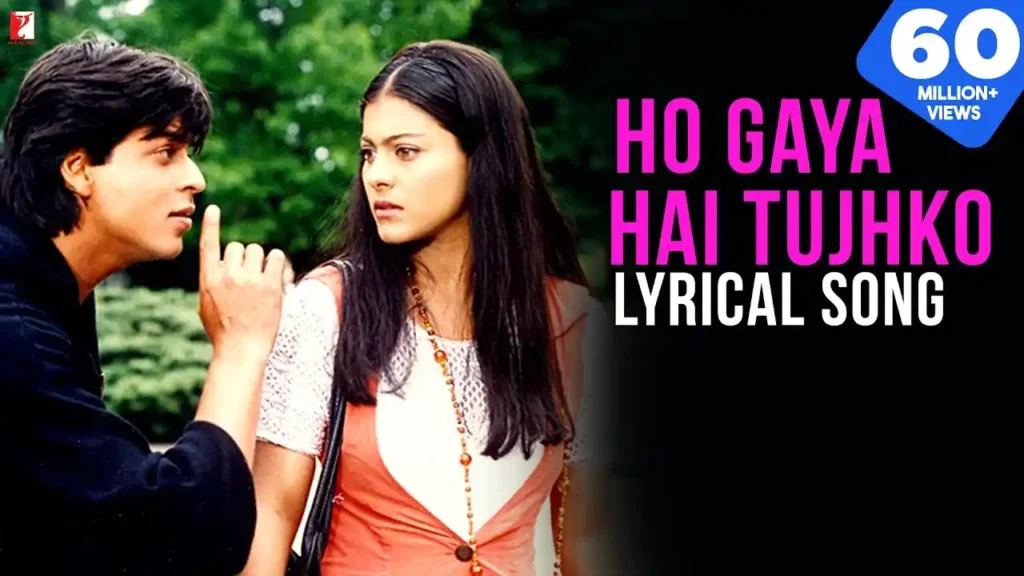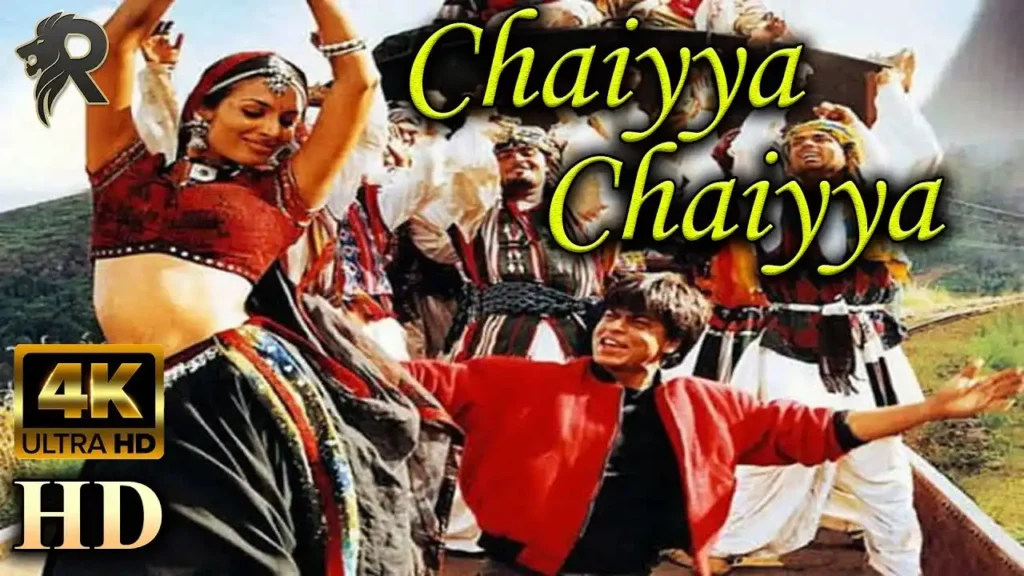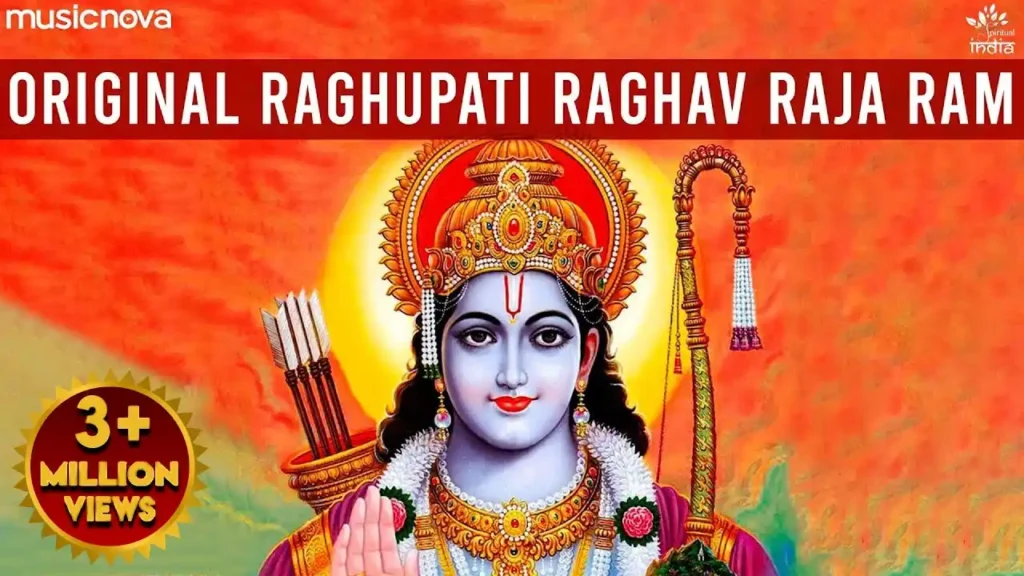“Music is the universal language of humanity.” – Henry Wadsworth Longfellow. This timeless quote is especially true as we delve deeper into the world of Indian film music. Often referred to as “playback singing”, this genre has been an integral part of Indian cinema since its inception. They not only entertained audiences but also served as cultural icons, reflecting the nation’s evolving tastes, traditions and aspirations.
We will embark on a musical journey through the landscapes of Indian film songwriting. We will examine the ancient influences that shaped this genre, the process by which folk songs were adapted for the silver screen, and the modern elements that have emerged in it recently years We will also explore the songwriting techniques that made him most memorable, from the use of musical metaphors to the use of complex melodies and rhythms.
Get ready to be dazzled by the rich tapestry of Indian film music, a musical legacy that continues to captivate audiences across the globe.
Classical influences timeless heritage
Indian cinema is a rich fabric woven with threads of cultural influences. Among these, the enduring influence of Hindustani and Carnatic classical music is of particular importance. Classical music has been the cornerstone of countless film scores, imbuing them with depth, emotion and a sense of timelessness.
Special features of classical music
Classical music is characterized by complex melodies, rhythms and the use of classical poetry. Ragas are musical structures that evoke specific emotions and moods, while talas provide a rhythmic foundation. Often drawn from ancient texts such as the Vedas, Ramayana and Mahabharata, classical poetry adds a literary richness to the repertoire.
Passions in film music
Ragas have been extensively used in film music to express a wide range of emotions. For example, Bhairavi raga, known for its serene devotional quality, is often used in songs depicting romantic, sensual and spiritual themes Raga Yaman Kalyana, with its joyful and festive quality, is often found in dance numbers which is spiritual. The use of music not only enhances the melody of the songs but also deepens the emotional connection between the listeners and the narrative.
Locks in movie music
The rhythmic talas in classical music play an important role in the mood and energy of film music. The famous cycle of 16 called Tal Aadi is often used in fast dance numbers and action sequences. Sophisticated rhythmic blends are often used in songs based on classical music that require more meditation or self-reflection The proper use of music can inspire hope, joy , or happiness.
Poetry in cinema
Classic music has been a valuable source of inspiration for lyricists in Indian cinema. Beautiful images, metaphors and philosophical ideas found in classic texts have been adapted and incorporated into film scores. This not only adds some psychological depth to the repertoire but also connects the listeners with the rich cultural heritage of India.
Examples of classical influences in popular music
To illustrate the influence of classical music on Indian cinema, let us consider a few famous songs that exhibit elements of classical music more:



- “Raghupathi Raghav Raja Ram” (Jai Santoshi Maa): This devotional song is in Bhairavi Raga, and creates a quiet uplifting atmosphere. Songs derived from the Ramayana add a spiritual element to the composition.
- “Chaiyya Chaiyya” (Dil Se..): This iconic dance number showcases Taal Aadi, which gives a nice drive and energy. The song’s upbeat tempo and catchy melodies make it a hit at festivals and parties.
- “Tere Bina Zindagi Kaisi” (Dilwale Dulhania Le Jayenge): This love party uses Yemeni Kalyan songs to express feelings of love, passion and desire. The classical music adds a touch of elegance and sophistication to the repertoire.
These are just a few examples of how classical music has enhanced Indian cinema. Understanding the importance of rhythm and rhythm and classical poetry allows us to show the timeless beauty and cultural depth of this wonderful music.Poetry in cinema.
Adapted folk songs: regional flavour
Folk music, the heartbeat of a region, plays an important role in shaping its identity. It is the preservation of cultural heritage, traditions and sentiments passed down from generation to generation. When adapted for the cinematic format, folk music not only enhances the narrative but also serves as a powerful tool to connect with the audience on a deep emotional level
Adaptation techniques: Changes in music
Adapting folk songs for film is a delicate balance of retaining the essentials and adapting them to cinematic context Here are some common techniques:
Musical Variations: The song can be changed to fit the plot of the film or introduce new characters or themes while keeping the original message of the song intact
Music arrangements: Folk songs can be reimagined using modern instruments, adding depth and complexity to the originals.
Speed and Rhythm: The pace and rhythm of the song can be adjusted to fit the mood or action sequence of the situation.
Fusion Elements: Incorporate elements from other genres such as classical or rock to create a unique and modern sound.
Case study: regional variation
Let us examine a few examples from different sources to illustrate the various folk songs adapted across India:
Punjabis:
- “Dilwale Dulhania Le Jayenge”: An iconic Punjabi wedding song adapted to suit the love story of the movie “Chaudhvi Ka Chand”, captures the essence of Punjabi celebration
- “Jatt Da Munda”: This energetic folk song is used in films to showcase the vibrant Punjabi culture and the spirit of brotherhood.
Bengali:
- “Chokher Bali” : The sad Bengali folk song “Amar Sonar Bangla” has been beautifully adapted to express the protagonist’s longing and sorrow.
- “Pather Panchali”: The soundtrack of the film contains a lot of Bengali folk songs, which are used to showcase the characters and simple rural life.
Tamil people:
- “Nayagan”: The Tamil folk song “Kattuku Pogam” has been adapted to create an eerie setting that reflects the dark and gritty world of the protagonist.
- “Pudhu Pudhu Arthangal”: The film’s soundtrack features a blend of Tamil folk songs, celebrating the region’s diverse musical traditions.
Classical analysis of popular music
In addition to regional variations, many popular film scores incorporate elements of the past, adding a touch of sophistication and cultural richness. Here are a few examples:
- “Kabhi Khushi Kabhi Gham”: The title track blends Indian classical music with contemporary pop and makes it a timeless and memorable tune
- “Devdas”: The soundtrack of the film is heavily influenced by Indian classical music, with songs like “Bairi Piya”, “Chalak Chalak” reflecting the beauty and complexity of the music
By examining these regional variations and blending them with traditional classics, we can appreciate the versatility and endurance of folk music in Indian cinema. These changes not only take pleasure, but are also a powerful way to preserve and promote cultural heritage.
Modern trends: a mixture of old and new
Music is constantly evolving as a living, breathing medium, reflecting the social, cultural and technological changes of its time. In recent decades we’ve seen a fascinating meeting of old and new, resulting in the rebirth of genres and the reinvention of songwriting techniques
Fusion music: vibrant sound
A major trend in contemporary music is the emergence of genre hybrids. These genres blend elements from different musical traditions to create a unique and exciting sound. For example, Bollywood music has moved from traditional roots to Western pop, rock and electronic music influences. Indiepop, the new popular fusion genre, combines Indian classical music with Western pop and dance music.
The influence of fusion music on songwriting is profound. This expanded the creativity of the songwriters, allowing them to experiment with a wider range of musical elements. Fusion genres have developed new songwriting techniques and structures that are innovative and accessible to a wider audience
Western influences: Global change
Western music has long heavily influenced the global music scene. From the Beatles to Michael Jackson, Western musicians have shaped the way music is created, consumed and received. In recent years we have seen a resurgence of Western influences in popular music, with artists from around the world incorporating some rock, pop and electronic elements into their music
The addition of Western musical elements has led to greater globalization, with artists from different cultures being able to connect with audiences around the world and different genres and genres as songwriters experiment with sounds and other ways look at it.
A modern example: modern songwriting at its best
To illustrate these elements of modern songwriting, let’s examine a few recent hits:
Diljit Dosanjh “Diljit Dosanjh”: This Punjabi pop song is a perfect example of fusion music, where Punjabi folk elements are mixed with western pop and hip hop influences The song features catchy, energetic melodies wom and Diljit’s wonderful voice It is a popular choice among music lovers.
“Dynamite” by BTS: This upbeat pop song showcases the group’s ability to incorporate Western pop influences while maintaining their unique Korean identity. The song has a catchy chorus, infectious energy and a retro-inspired production style that made it a global hit.
Selena Gomez’s “Lose You To Love Me”: This ballad is a very strong example of modern songwriting, combining elements of pop, R&B and soul. The lyrics explore themes of heartbreak and self-discovery, while the production is intimate and powerful.
These songs, and many others, showcase the exciting and innovative ways in which songwriters mix the old with the new to create music that resonates with audiences around the world As music continues to evolve, we may recognize the genre a very interesting and innovative mix.
Songwriting Beyond Indian Film: A Deep Dive
Musical themes: Weaving emotions
Indian film music tends to delve into the human psyche, exploring a wide range of topics that resonate with audiences universally. Love, loss, longing, and happiness are recurring concepts that show up in music. They often explore the beauty of nature, the power of family ties, and the complexity of human relationships.
Story structure: Weaving stories through music
In addition to expressing emotions, Indian film songs tend to tell stories. A song can introduce the characters, set the scene, and dream up the story. The key to this storytelling is character development. The music should reflect the characters’ innermost thoughts and feelings, allowing the audience to empathize with their experiences.
Poetic Devices: The Language of Love and Loss
Indian film songs often use poetic devices to enhance their musical beauty and emotional impact. Metaphors and metaphors are often used to paint vivid pictures and convey strong ideas. The ornaments and other instrumentation give the song a richness and charm.
Songs and Music: The Dance of Words and Music
The connection between lyrics and music is important in Indian film music writing. A melody can enhance the emotional impact of a song, while lyrics can refer to composition. A catchy song can also help create an overall mood and atmosphere. A fast rhythm can convey joy or energy, while a slow rhythm can convey sadness or longing.
Conclusion
He explored the diverse world of Indian cinema and explored different songwriting styles and techniques. We explored the deeper influences of classical music, regional flavors in adaptations of folk songs, and contemporary trends at work We also developed rhythmic themes, narrative structures and poetic devices by Indians analysis of the use by songwriters.
Indian film music offers a unique blend of tradition and contemporary elements, reflecting the country’s rich cultural heritage and continuous evolution. Songs are often full of emotion, storytelling and poetic beauty, and have the power to inspire a deeper connection with listeners. They act as a window into Indian life, capturing its joys, sorrows and aspirations.
We encourage you to delve into the world of Indian film music. Explore the works of famous songwriters, discover little-known regional gems, and discuss them with fellow music enthusiasts. We can continue to celebrate Indian textile music by appreciating the artistic and cultural significance of this music.





